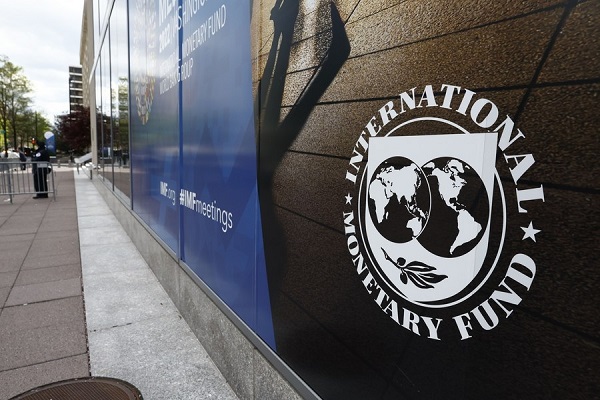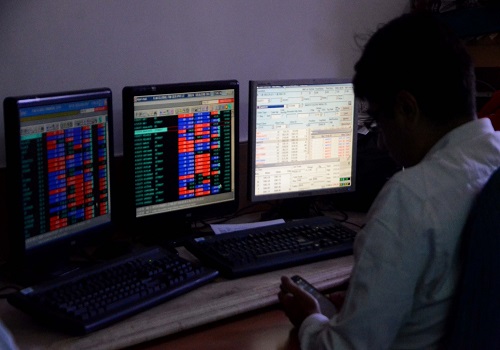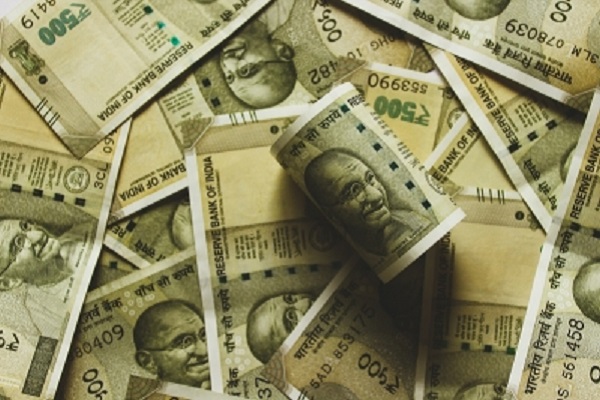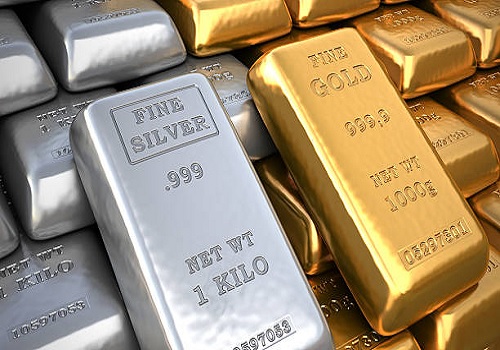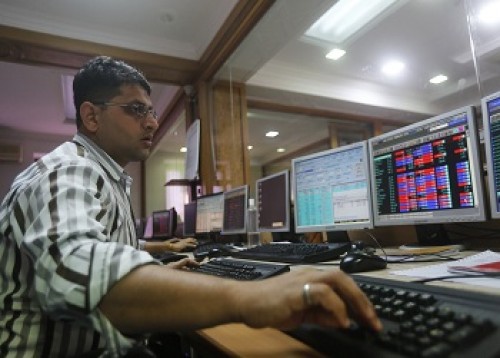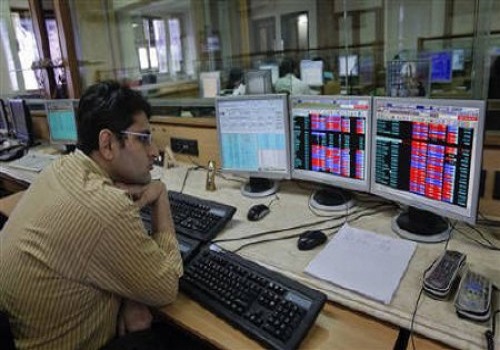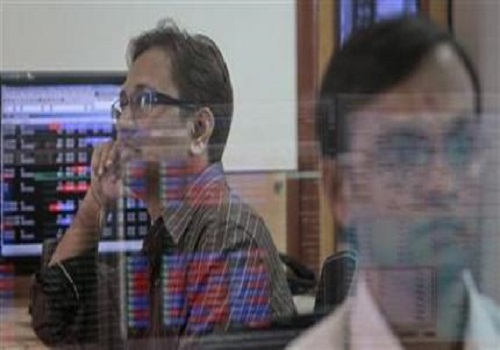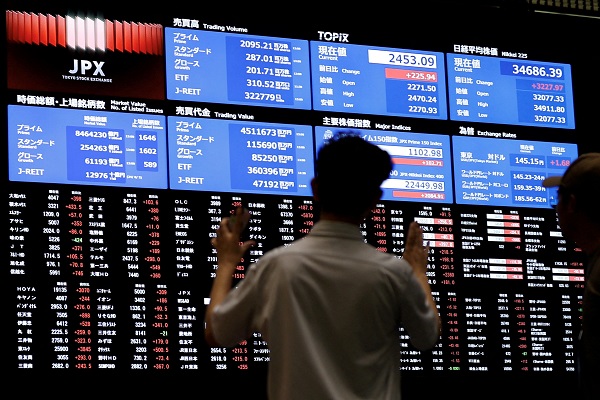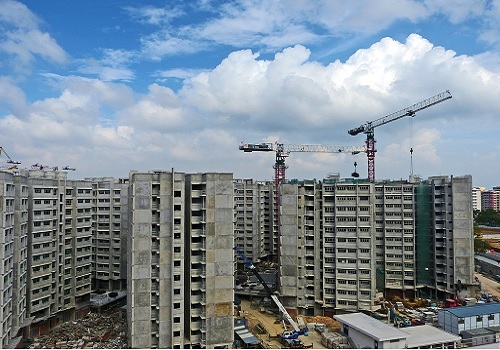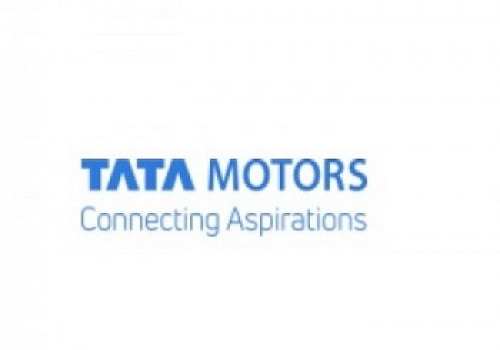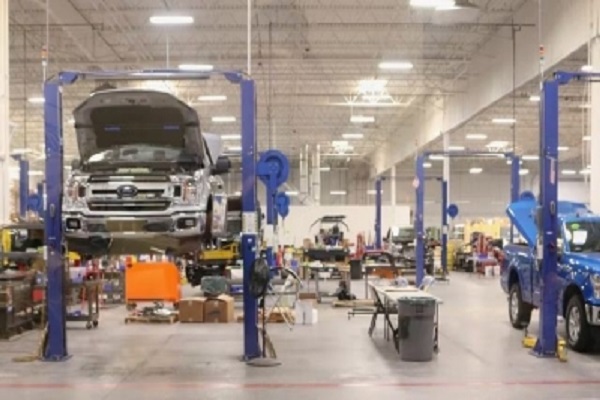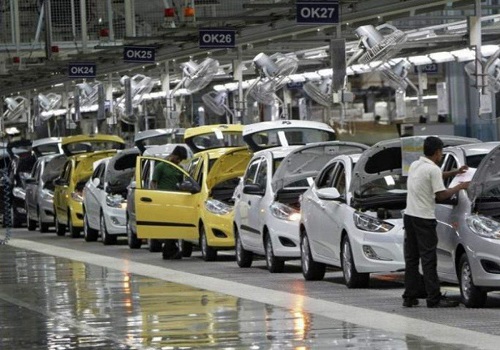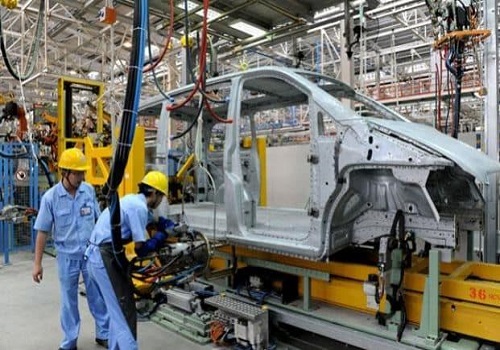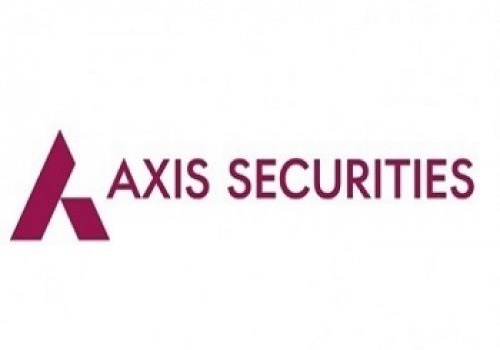Automobiles & Components: US auto tariffs: Localization wins by Kotak Institutional Equities
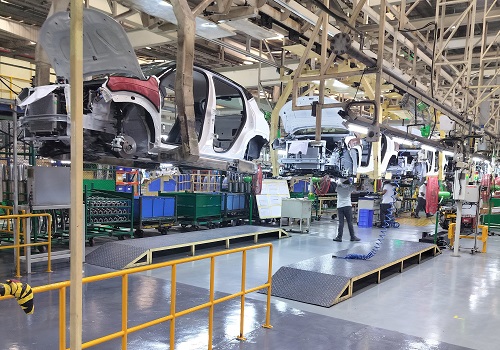
US auto tariffs: Localization wins
The revised US auto tariff policy incentivizes by exempting highly localized vehicles and offering partial relief to domestically assembled models while imposing 25% tariffs on imported vehicles. We believe domestic-focused automakers are relatively better positioned to gain share. For Indian companies, JLR and commercial/industrial suppliers continue facing status quo exposure without new relief, while PV component makers such as SAMIL and SONACOMS gain partial benefit through the offset mechanism.
New auto tariff policy provides strong incentives for domestic localization
The revised US auto tariff policy introduces three major relief mechanisms for the OEMs—(1) vehicles achieving 85% or higher US content are fully exempt from the tariff, (2) US-assembled vehicles below this threshold can offset the 25% parts tariff through a 3.75%/2.5% credit against the vehicle’s MSRP during the first/second years and (3) the new structure consolidates previous steel, aluminum and parts tariffs, ensuring no stacking of multiple duties on the same vehicle. The policy aims to incentivize deepening local production without instantly destabilizing the supply chain. The offsets are retrospective from April 3, when the auto tariffs took effect.
US-focused players may gain as importers may face margin pressures
For OEMs, the impact will vary depending on production footprint and sourcing strategy. OEMs with a high US manufacturing footprint and moderate imported parts (such as Tesla, Ford, GM and Stellantis) are relatively shielded. Those relying heavily on imported finished vehicles (BMW, JLR, Mercedes, Volvo and Porsche) will face higher tariffs. These companies will have to localize additional production and sourcing. In the near term, OEMs will be required to find a balance between passing costs to consumers and absorbing margin pressure.
50% of the USA car market will still be impacted by 25% tariff
Currently, about 50% of vehicles sold in the US are assembled domestically, while the remaining 50% are imported from regions such as Mexico, Canada, Germany, Japan and South Korea. All imported vehicles will face the full 25% tariff, without access to the offset mechanism. This directly impacts a significant portion of the US auto market, particularly in the luxury and compact SUV segments, where imports are concentrated.
Expecting price increases in car market along with competitive reshaping
Despite the relief pressures, we expect the overall transaction prices in the US car market will rise. Theoretically, the average car price increase could be in the range of 11-13% based on import share and full pass-through of tariffs. Even if we factor in partial cost absorption and consumer shifts toward US-built models, the effective average price increase is likely to be 6–8%, which will have a negative impact on demand trends. The policy will pressure premium import sales and benefit the domestic-focused brands, structurally reshaping the competitive landscape of the US auto sector over the next few years.
Above views are of the author and not of the website kindly read disclaimer
